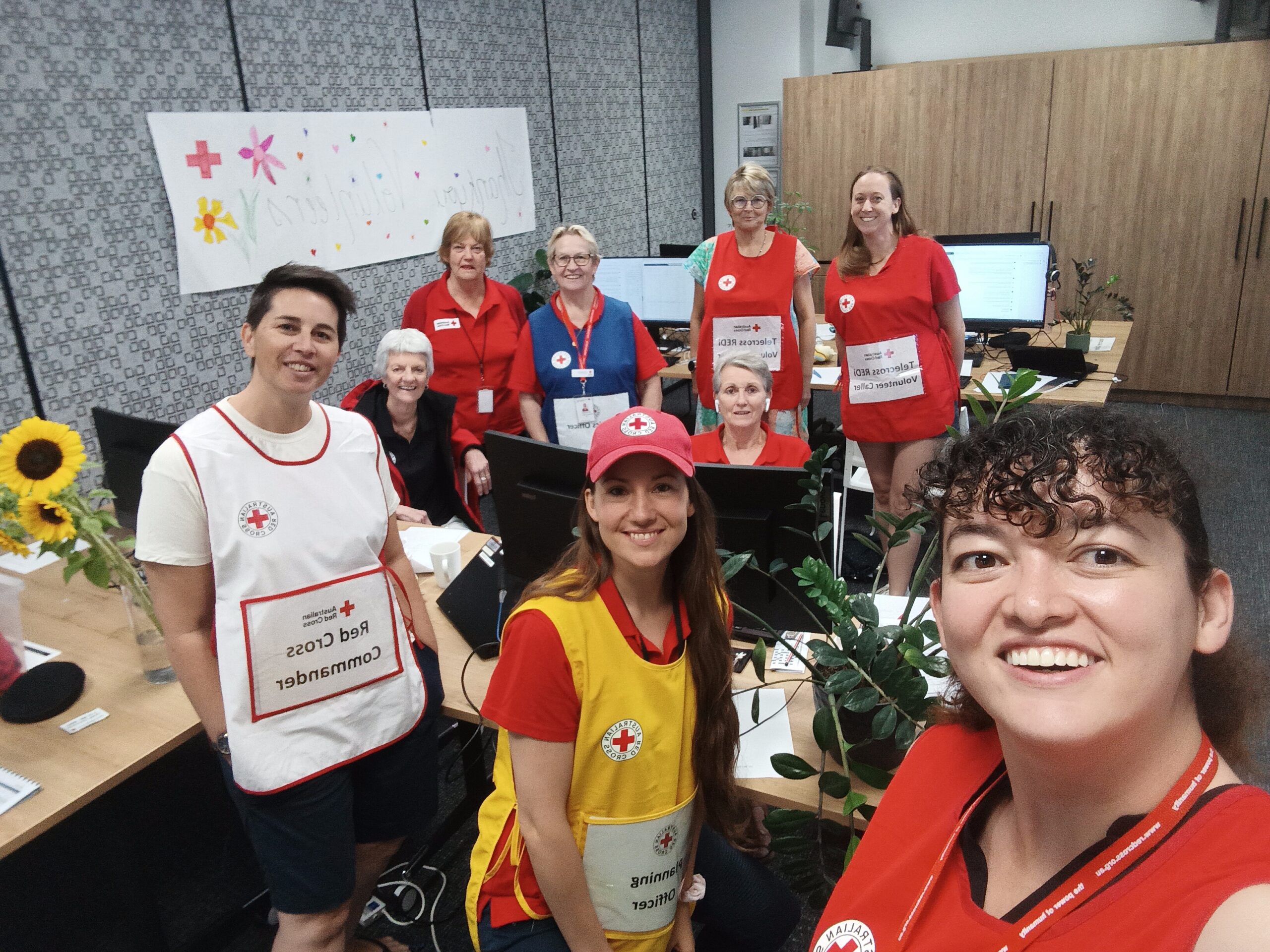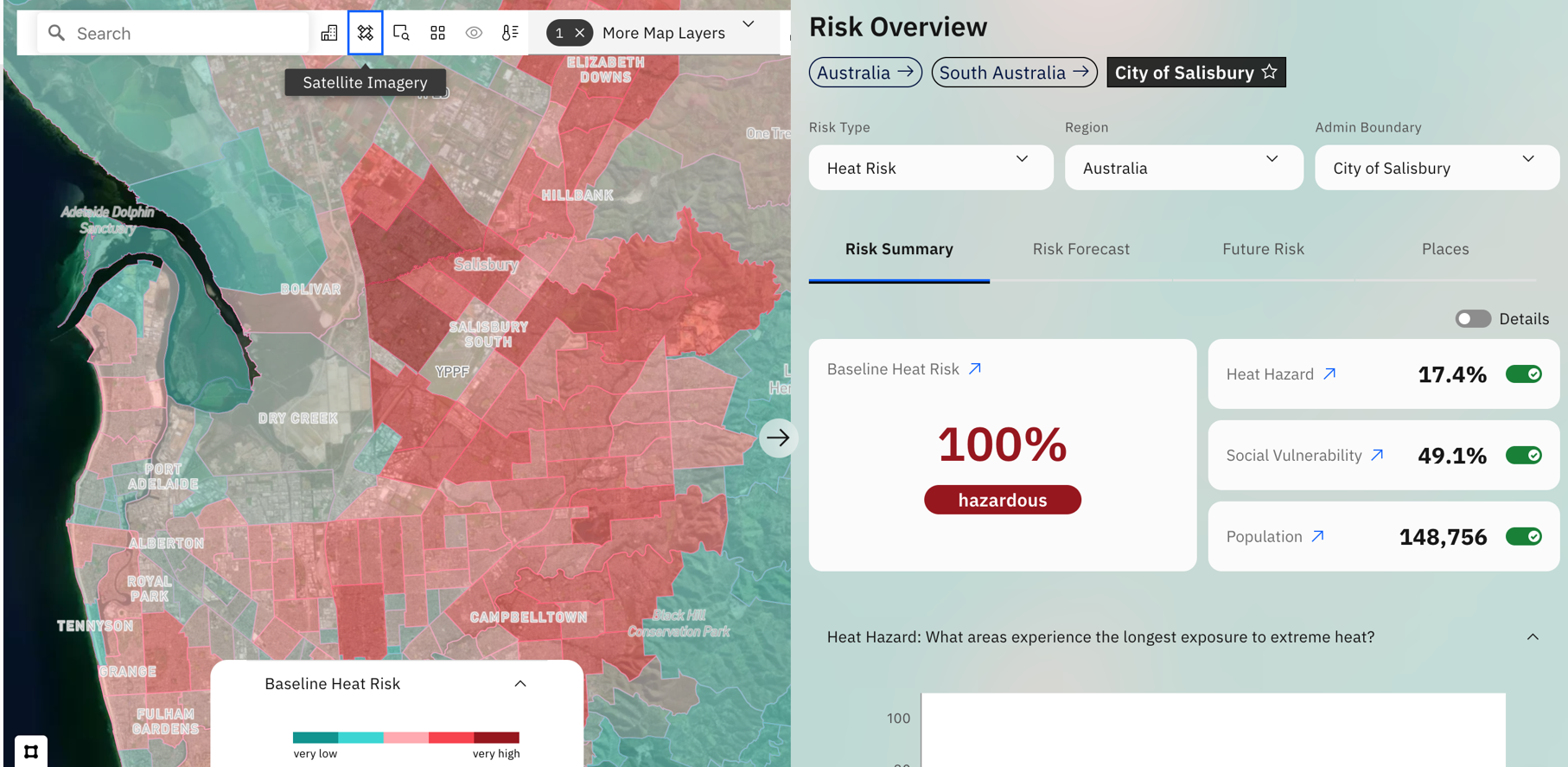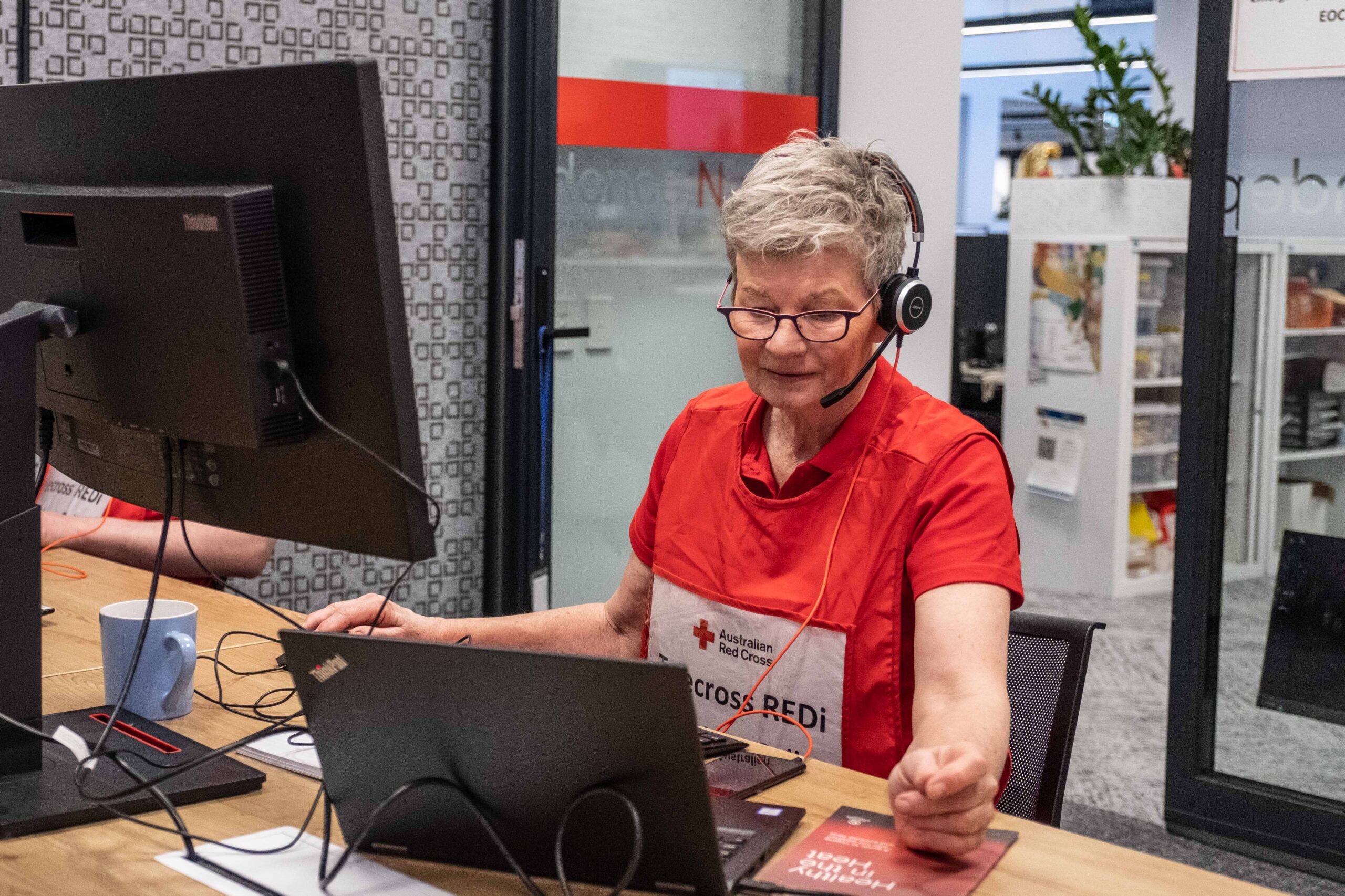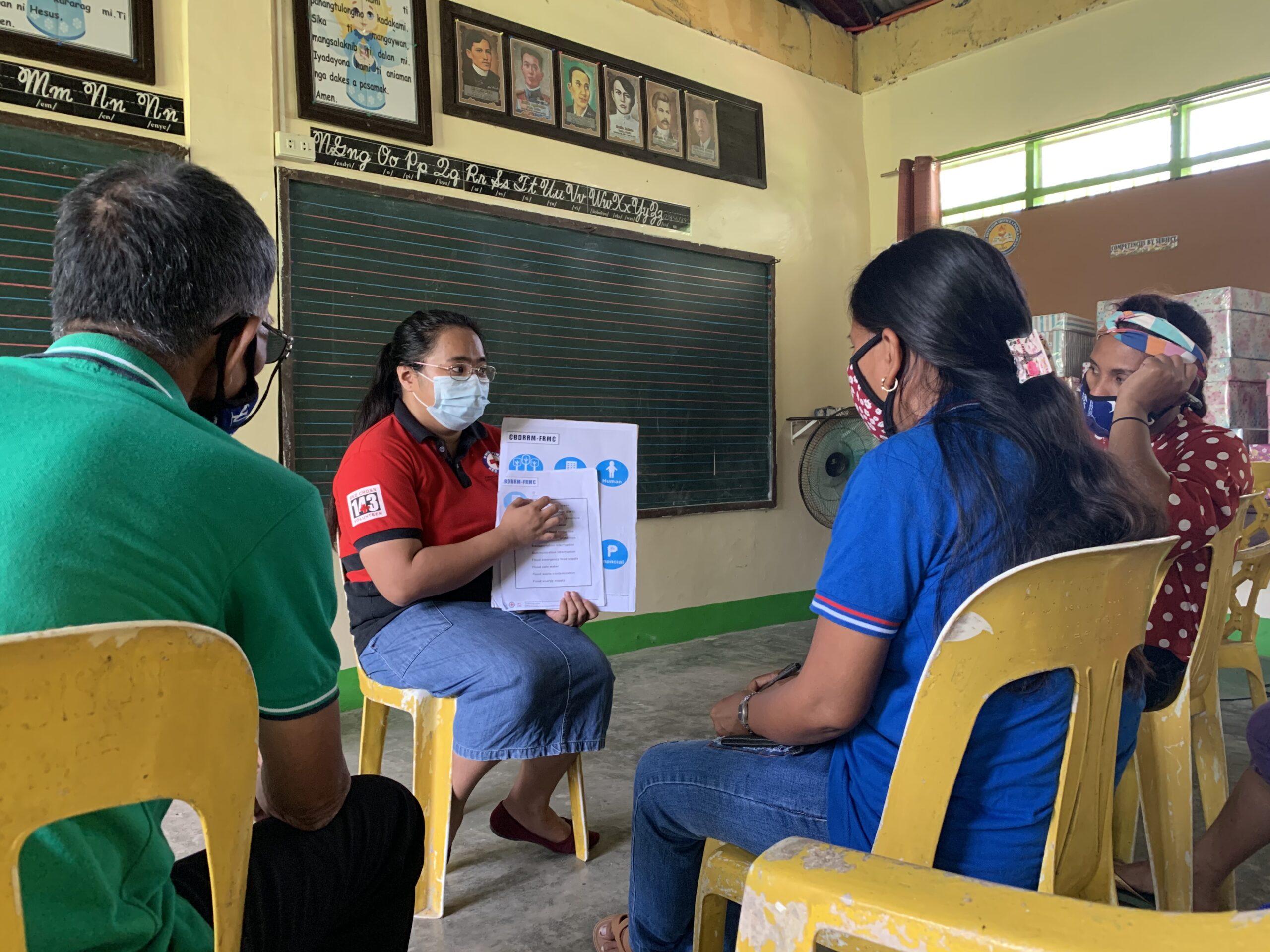Telecross Redi: Heatwave Service

Extreme weather events pose significant risks to vulnerable populations, especially those who are isolated or have underlying health conditions. In response to this challenge, Telecross Redi, a free life-saving service, was developed to support individuals during such critical times.
Activated when extreme heat is declared, Telecross Redi ensures that at-risk individuals receive the necessary support to navigate these hazardous conditions safely, this case study explores the preparedness, activation, and operational strategies of the service.
Implementation: support and self-efficacy

In South Australia, the Telecross Redi Service was developed to support community members during extreme heatwaves, which have a high global mortality and morbidity rate. The program aims to mitigate the adverse effects of heatwaves by providing essential support to vulnerable populations.
Preparedness is a critical component of the Telecross Redi Service. Prior to heatwave events, the program focuses on enabling self-efficacy and promoting proactive behaviors among its clients. This includes ensuring that emergency contacts and addresses are up to date, discussing strategies to expand resilience, and encouraging reliance on neighbors or other safe contacts. The goal is to build a network of support and ensure that vulnerable individuals are ready to handle extreme heat conditions.
During heatwaves, each client receives a daily call from volunteers to check on their well-being. If a client feels unwell, an escalation process is activated immediately. This service primarily targets individuals who live alone or with another vulnerable person, such as the elderly or those with health issues who are at risk of falling through the cracks of attention systems and health care. Clients are sourced through self-registration, family referrals, and healthcare providers, with approximately 38% of clients registering privately and 62% being referred by healthcare providers.

The program leverages a sophisticated platform known as Climasens, funded by Humanitech and the Australian Red Cross. It uses real-time data to overlay heat risk maps with baseline heat risks, exposure levels, and vulnerabilities. This platform helps identify the most at-risk areas and individuals, ensuring targeted outreach and efficient use of resources. The service is promoted through various channels to ensure those most vulnerable are aware and can enroll. The platform also supports advocacy efforts with local councils to secure funding and improve service delivery.
Service activation is tightly coordinated with meteorological forecasts and state emergency services. The Bureau of Meteorology (BOM) provides early heatwave weather data forecasts. The State Emergency Service (SES), as the control agency for extreme weather events in South Australia, releases aligned forecasts based on the Bureau’s data and heatwave warnings when required. When a heatwave is imminent, the Department of Human Services activates the Telecross Redi service, which is then implemented by the Australian Red Cross. Volunteers, who can log in from anywhere in the country, conduct telephone welfare checks on clients, monitoring both physical and mental health. If a client reports feeling unwell, emergency contacts are notified of a home visit. In cases where there are no emergency contacts, the service escalates to providers, or police visit the client in-person, and providers have their own process, which may include telephone and home visits.
The period of activity for the Telecross Redi Service has expanded due to increasing heatwave events. While the hottest months are typically December - February, an extreme heatwave occurred in the second week of March 2024. As we navigate longer summers due to a changing climate, a longer period of service readiness is required. This shift requires continuous reflection, reporting, and adaptation of strategies. Each year, the service undergoes a comprehensive review from March to April to evaluate performance and develop recommendations for improvement. This process ensures that the service remains responsive and effective in the face of changing climate patterns.
The Telecross Redi Service represents a proactive and adaptive approach to managing the risks associated with heatwaves. By focusing on preparedness, utilizing advanced data platforms, and maintaining flexible operational strategies, the service effectively supports the most vulnerable members of the community during extreme heat events.


Key good practices

Key Lessons Learned
“Many of our clients are socially isolated and heat waves just makes it worse; during every heat wave we talk to a lot of lonely people. For many, the phone call from the Red Cross heatwave response may have been their only connection with another person on those days. We remind people to stay hydrated and not to do too much - simple advice but it makes a big difference to how they feel and how well they can cope with the challenges of the heat."
- Peg, one of the Volunteers



